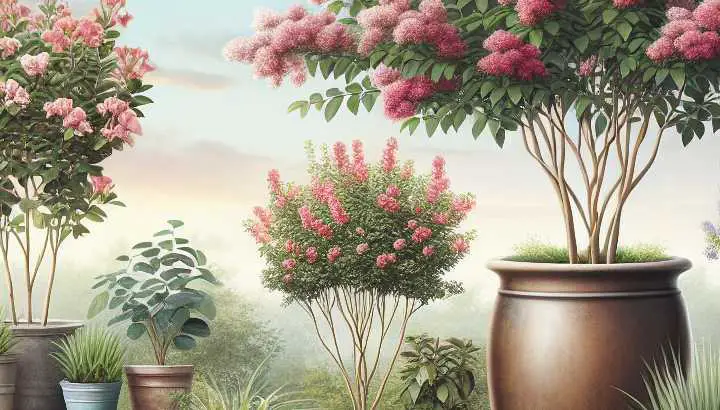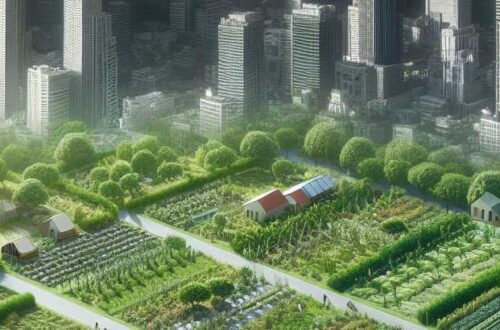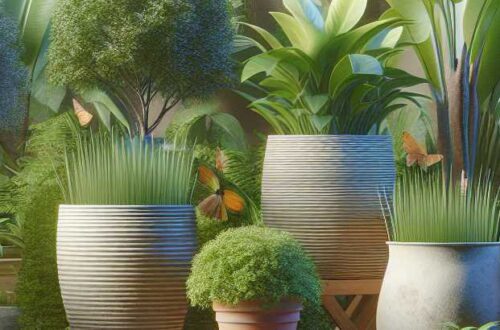Crape Myrtle Varieties Range From Shrubs To Large Trees
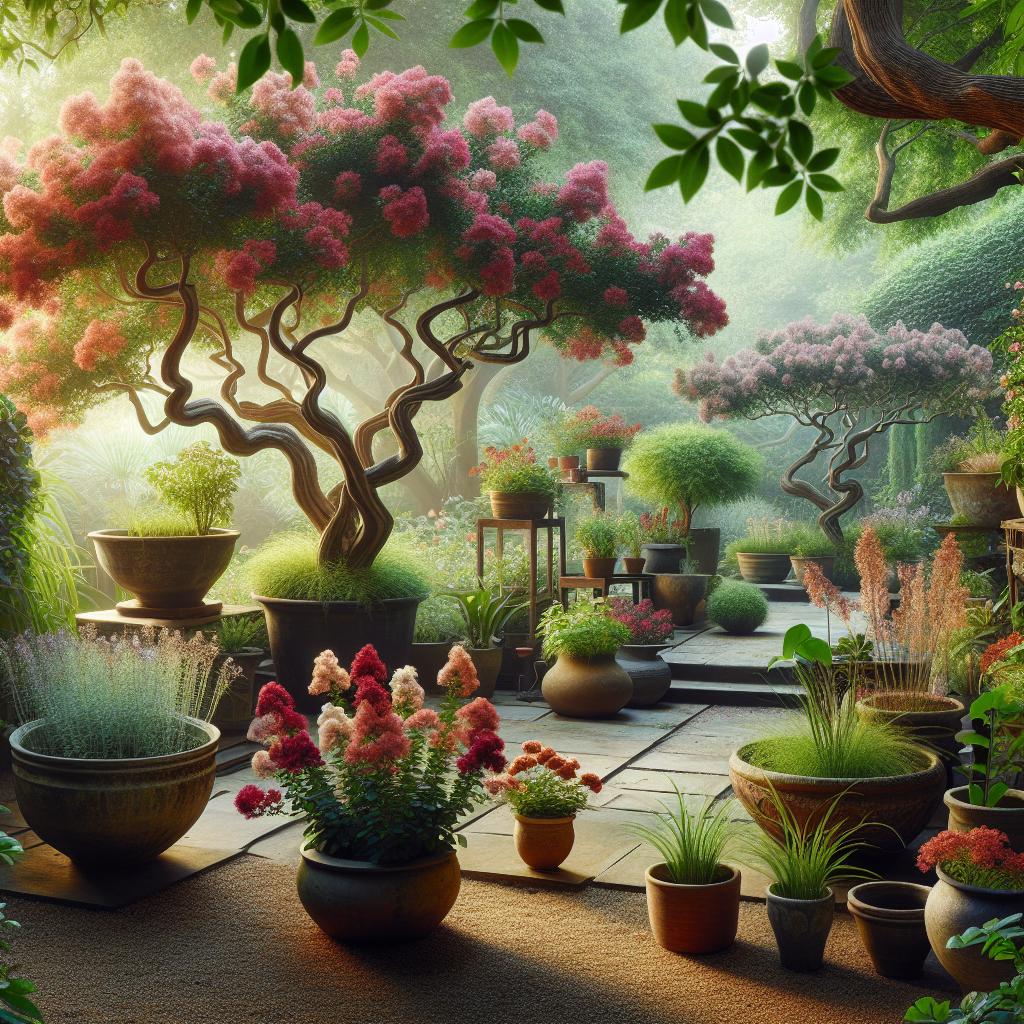
1. Different sizes and forms of Crape Myrtle
Title: Delving into the Diverse Dimensions and Forms of Crape Myrtle
In the vast world of horticulture, the Crape Myrtle, scientifically termed as Lagerstroemia, holds a prominent place due to its vibrant colors, captivating grace, and impressive versatility. From petite shrubs to towering trees, the Crape Myrtle is a powerhouse performer in the landscape, showcasing a spectrum of sizes and forms that can add stunning architectural interest to your garden.
Variety in Size:
The Crape Myrtle family offers a diverse range of sizes, from dwarf varieties that nestle into pots and tuck into front yard landscapes, to iconic statuesque trees that line streets and populate parks.
On the smallest end of the scale, varieties like ‘Chickasaw’ and ‘Pocomoke’ form mini-mounded shrubs that seldom grow taller than 3 feet. Mid-sized or semi-dwarf myrtles like ‘Acoma’ and ‘Hopi’ reach a moderate height of 5-10 feet while providing an explosion of color. These represent a perfect balance for the landscape that requires a substantial presence without overpowering other elements.
For garden enthusiasts looking for a more striking presence, varieties such as ‘Natchez’ and ‘Muskogee’ morph into majestic trees, towering from 20 to 30 feet high. These beauties, with their long-lasting bloom and grand stature, become focal points in the landscape, presenting an incredible seasonal display of flowers, fall foliage, and striking winter bark.
Diversity in Form:
Beyond size, Crape Myrtles introduce an assortment of forms that make them a versatile option for various purposes and settings.
Dwarf forms tend to exhibit dense, rounded, or mounded growth habits that make them fantastic for low borders, mass plantings, and container displays.
“We achieved a significant milestone with the creation of the world’s largest LCD panel this quarter. The technology involved in creating a 100-inch LCD TV panel will be a catalyst for further TV innovation as we continue to meet the high demand for better picture quality and larger sizes.”
~ Bon Joon Koo
Dwarf varieties like ‘Victor’ (with bright red blooms) and ‘Cordon Bleu’ (with striking lavender flowers) expand horizontally, creating a lush, low carpet of color.
Semi-dwarf and intermediate Crape Myrtles often exhibit a vase or fountain-like shape with multiple stems arcing outward and then upward. These can be used in smaller spaces, such as courtyard gardens and suburban yards, for privacy screening or as specimen plants.
In contrast, most tree forms of the Crape Myrtle are single or multi-stemmed, featuring a more upright, columnar to spreading forms. These taller Crape Myrtles are perfect for creating shade, lining driveways, or providing a dramatic backdrop for shorter plants.
In conclusion, the Crape Myrtle, flaunting its varied sizes and forms, is an epitome of versatility and beauty. In the process of creating your mesmerizing landscape, understanding the Crape Myrtle’s spectrum will support informed choices suited to your specific aesthetic and functional garden requirements. All these marvels have one thing in common – the power to transform your garden into an exclusive, extraordinary botanical spectacle.
Learn More Here: 1. Different Sizes And Forms Of Crape Myrtle
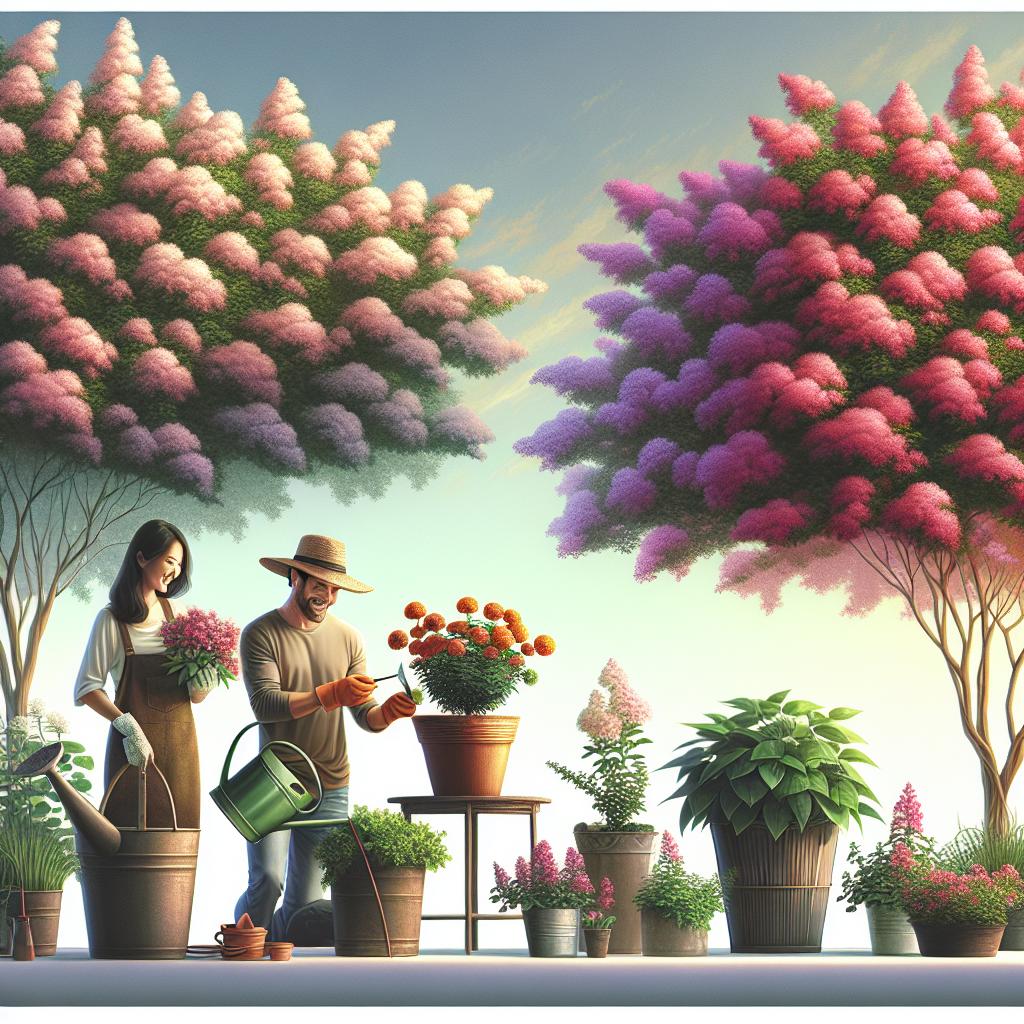
2. Popular varieties of Crape Myrtle trees
Title: Exploring the Grandeur: Popular Varieties of Crape Myrtle Trees
Are you looking to add some vibrancy and beauty to your home garden, or searching for the perfect tree to add character to a landscaped project? Look no further than the captivating Crape Myrtle trees. Known for their profusion of bright and captivating blooms, and their attractive, peeling bark, Crape Myrtle trees are the crown jewels of many landscapes. Therefore, this article will delve into the alluring world of two popular varieties of Crape Myrtle trees that will transform any space into a breathtaking Eden – the Dynamite Crape Myrtle and the Natchez Crape Myrtle.
Section One: The Dynamite Crape Myrtle – An Explosion of Color
The Dynamite Crape Myrtle rings true to its name, providing an explosion of vibrantly colored flowers that grace its branches during the summer. A true show-stopper, this variety boasts of cherry-red, nearly crimson flowers, a significant departure from the typically light-colored blooms of its Crape Myrtle kin.
Categorized as a medium-size tree, the Dynamite Crape Myrtle reaches an average height between 15 to 20 feet. Hence, it’s an ideal selection for landscapes that require a focal point without overwhelming other elements in the scene.
The Dynamite isn’t all about its summer fireworks, though. As seasons change, so does the Dynamite’s foliage, metamorphosing from its lush, green summer cloak into a fantastic show of orange and red hues in fall, providing an extended visual treat.
One factor that differentiates the Dynamite from many other trees is its commendable disease resistance, especially against powdery mildew which is a common problem for many Crape Myrtles. This means a healthier and more prolifically blooming tree year after year.
“How can one conceive of a one-party system in a country that has over 200 varieties of cheeses”
~ Charles De Gaulle
Section Two: The Natchez Crape Myrtle – A Symphony of White
A stark contrast to the Dynamite, the Natchez Crape Myrtle is known for its snow-white, radiant blooms that create a summer spectacle. Just imagine a wave of white, subtly fragrant flowers streaming down in clusters, contrasting with its deep green leaves – a sight poised to turn heads.
Deemed one of the tallest in the Crape Myrtle family, the Natchez can reach a towering 30 feet, making it perfect for providing scale and drama to any landscape design.
The Natchez is not only about its summertime luster. As the cooler months approach, the leaves shift from their emerald green to a captivating combination of orange and red, painting a striking autumn picture. Adding further to its year-round appeal, once the leaves fall, they reveal a stunning cinnamon-colored, exfoliating bark, creating visual interest even in the midst of winter.
Additionally, the Natchez exhibits a high resistance to diseases like powdery mildew and the Crape Myrtle aphid, ensuring that your garden’s star remains vivacious and thriving the whole year round.
In conclusion, the Dynamite and Natchez Crape Myrtles each bring their unique charm and whimsicality to any landscape. Both varieties exhibit vibrant color changes through the seasons, robust disease resistance, and breathtaking blooms that make them desirable choices for any horticulturist aiming for a year-round dramatic flair. Whether it’s the Dynamite’s fiery red bursts or the Natchez’s elegant white showers, these Crape Myrtle varieties are sure to inject unparalleled beauty into your garden canvas.
Like This? Try: 2. Popular Varieties Of Crape Myrtle Trees

3. Crape Myrtle selection based on landscape needs
Title: Crape Myrtle Selection: An Insight on Landscape Needs
The beauty of a thriving garden lies in careful selection and attention to detail, much like a painting where each stroke of color adds to the vibrant whole. One such dynamic element that can add richness, vibrancy, and multi-seasonal interest to any landscape is the Crape Myrtle (Lagerstroemia). Native to Asia and tropical and subtropical parts of the world, Crape Myrtles are celebrated for their attractive, exfoliating bark, long-lasting, vivid summer blooms, and striking fall colors. Selecting the right one to suit your landscape needs is both a joy and a challenge. Today, we spotlight three key variables in this decision-making process: Size, Color, and Resistance to disease.
1. Size Matters: The first factor to consider when choosing a Crape Myrtle for your landscape is size. From majestic tree forms towering at 30 feet to compact shrubs that barely reach 3 feet, there’s a Crape Myrtle for virtually any landscape specification. If you’re looking for the perfect garden centerpiece, consider larger varieties like ‘Natchez’ with its pure white flowers and cinnamon-colored bark or ‘Muskogee’ that dazzles with lavender blooms. For smaller spaces or border planting, the petite ‘Pocomoke’ or ‘Chickasaw’ offers a vibrant dose of pink and mauve without overpowering the surrounding vegetation. Be sure to provide each plant enough room to grow and flourish without unnecessary pruning.
2. A Spectrum of Colors: What makes the Crape Myrtle a landscaper’s delight is its striking series of colors that change each season. Summer exposes a vivid display of blooms that range from ethereal whites and pinks to fiery reds and purples. Come fall, the leaves claim the spotlight as they dramatize in shades of yellow, orange, and red.
“But eggshells were made to be broken, and slamming into a 100-story skyscraper at the speed of light would likely do the deed.”
~ Maureen A. Miller
Varieties like ‘Tuscarora’ has coral-pink flowers, ‘Red Rocket’ offers a bold red, while ‘Tonto’ and ‘Zuni’ produce an alluring medium pink and light lavender respectively. Consider the colors of other plants in your garden when choosing a Crape Myrtle to create a harmonious or vividly contrasting color palette as desired.
3. Resistance is Key: Crape Myrtles are generally a hardy selection. However, certain varieties can succumb to a fungal disease called powdery mildew and pests like Crape Myrtle Bark Scale. Your choice then is to opt for resistant varieties or to employ preventive measures. The National Arboretum’s hybrids, for instance, possess excellent resistance to mildew and come in a range of sizes and colors. Varieties like ‘Hopi’, ‘Arapaho’, and ‘Catawba’ offer mildew resistance, vibrant flowers, and attractive fall foliage.
Crape Myrtles are a widely celebrated choice of landscape plant in appropriate climates. They offer magnificent blooms, bright autumn foliage, and peeling bark for winter interest. However, to enjoy the best these ornamental trees have to offer, the selection should be predicated on your landscape needs and climate. By evaluating size, color, and resistance, you can choose a variety that will thrive in your exact garden conditions, enhancing not just the aesthetics but also the overall health of your landscape. Whether it’s in a solitaire display, a vibrant hedge, or as part of a diverse garden mix, the right Crape Myrtle can indeed paint a picture that’s nothing short of a masterpiece.
Read More Here: 3. Crape Myrtle Selection Based On Landscape Needs
